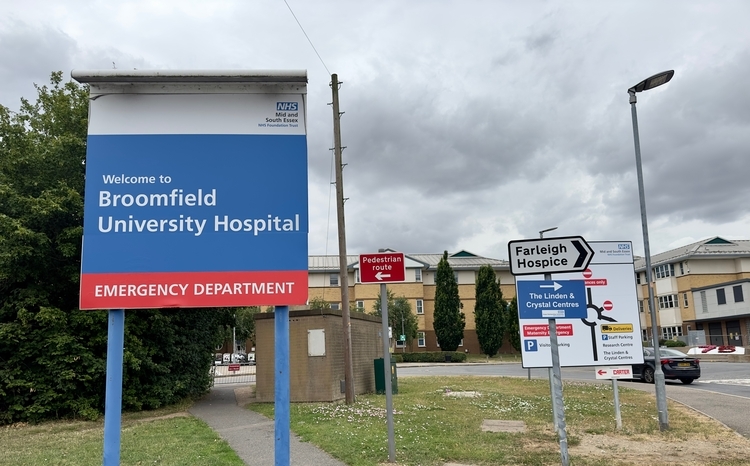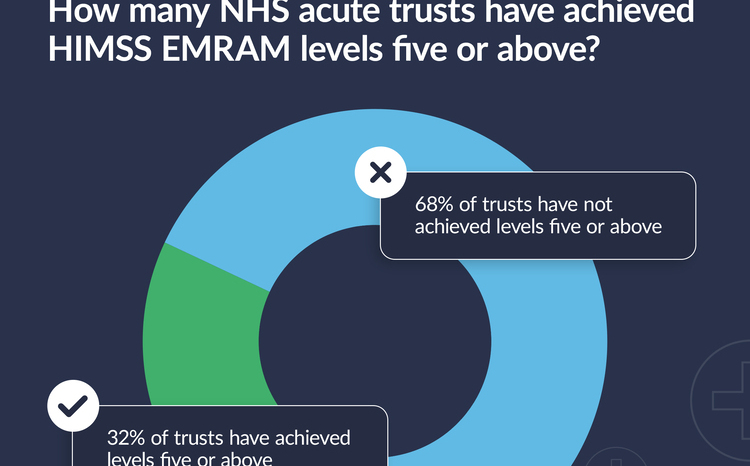Mobile health and EPR feature at CeBIT
- 3 March 2008
CeBIT in Hannover is the biggest consumer IT show in the world, and is the place for laptop-maniacs, iPod-addicts and sat nav junkies to get their techno-fix. But as well as gadgets, it is also becoming a key place to watch out for e-health innovations.
While the main show runs from 4-9 March, a special conference devoted to e-health, called TeleHealth, will run 7-8 March. Held in a combination of English and German, TeleHealth will feature symposia about e-health projects in Germany, Austria, Switzerland, and France.
From a European perspective, one session to watch will come from the European Health Telematics Association (EHTEL). The organisation’s new president, Martin Denz from Switzerland, will detail how the new large scale European e-health pilot projects will take place.
There will also be a chance to share experiences with e-health protagonists in Poland, the Czech Republic and Greece. E-Health Europe will be on site to give an immediate update to its readers.
From a product point of view, mobile and wireless solutions for patient monitoring and for diagnostics provide a major focus of the industry booths. The German-American company BodyTel will, for example, show the latest version of its product GlucoTel, a wireless, web-based diabetes monitoring system.
Using the GlucoTel system all the diabetic patient has to do is prick his finger and hold it onto the test strip. The device than sends the blood sugar value via Bluetooth to a mobile phone and from there automatically into a web-based personal health record. This gives the doctor the ability to check if the medication is adjusted correctly, even if the patient is out on a holiday or away on business.
Another new wireless solution on show this week comes from the research centre Fraunhofer Institute for Photonic Microsystems. Called SleepBee, the multi-sensor device helps diagnose sleep-related breathing disorders. So far, patients with suspected sleep apnea syndrome have to spend a night or two at a sleep laboratory to confirm the diagnosis. SleepBee, by contrast, offers an easy-to-use solution with five sensors that transmit data wirelessly to the base station and from there to the sleep laboratory.
The second big topic of CeBIT will be new developments in electronic patient records and personalised health records. CompuGroup will open up its electronic patient record vita-X for patient access from home via a smartcard reader.
Rival InterComponentWare will be showing its LifeSensor Personal Health Record (PHR) as an integrated solution for communication between doctors and hospitals. IBM is to present a service-oriented architecture (SOA)-based solution to integrate different electronic patient records from different healthcare institutions.
Finally, for everybody interested in the German smartcard project, a visit at the booth of gematik, the national German health-IT organisation, is a must. Gematik has announced that, for the first time, it will show a mobile solution for using the future German electronic health card. This could be applied on home visit by doctors, for example, or for patient visits in a nursery.
As for the future of the German smartcard project, secretary of state in the German ministry of health Klaus-Theo Schröder will give an update on 7 March on when and where the first one million smartcard will be given out later this year.
Link
CeBIT




